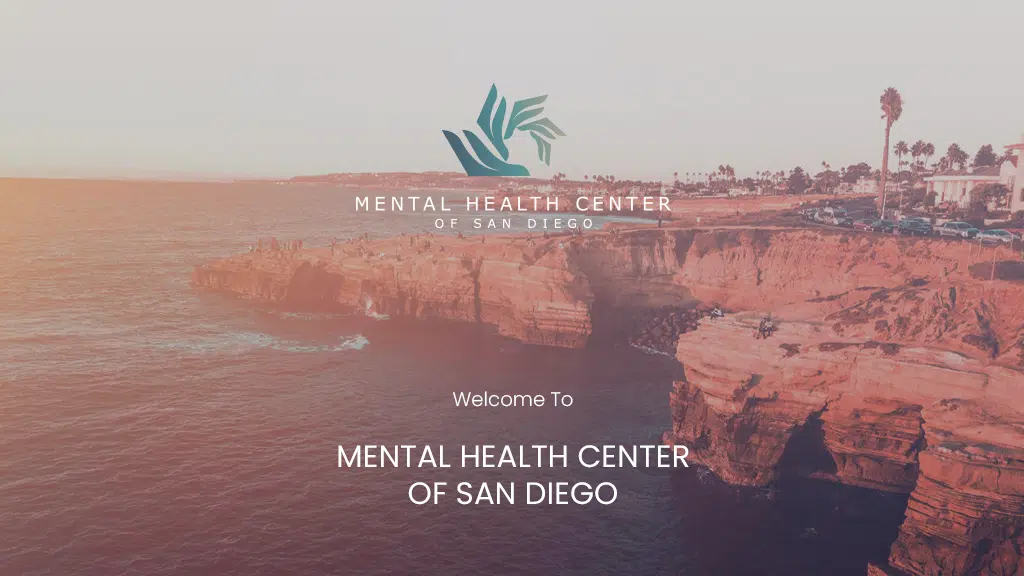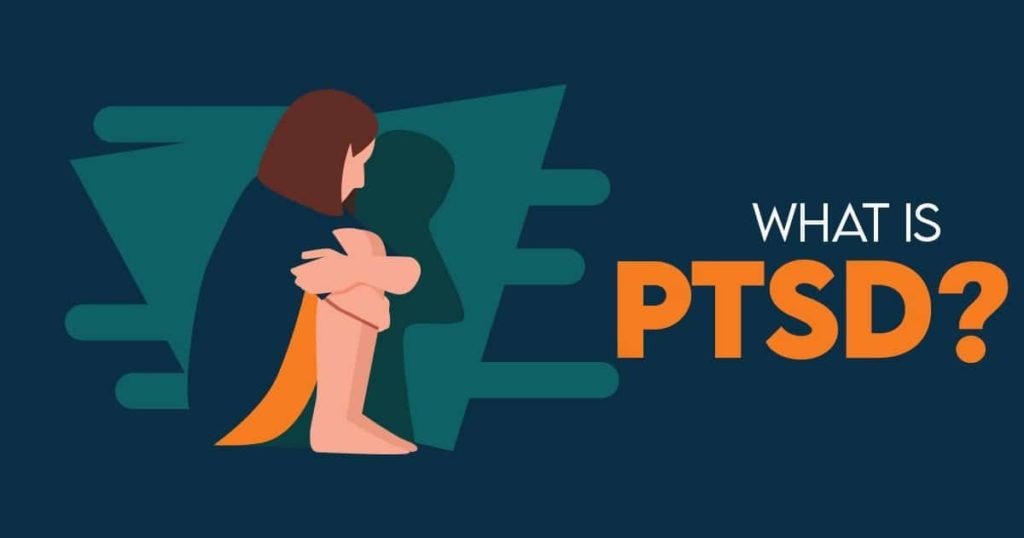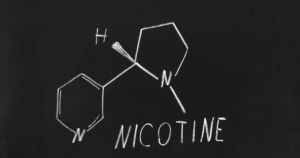What is PTSD? This question is helpful to ask because understanding what Post Traumatic Stress Disorder PTSD is may be the key to encouraging you to get help, or it may be an opportunity for you to help someone else.
A person develops PTSD after witnessing a traumatic event, the trauma from their experience may later develop into intense or disturbing behaviors, thoughts, and feelings.
Traumatic events can include:
- Natural Disaster
- Military Combat
- Sexual Assault
- Serious Accidents
- Terrorist Acts
- Threats of Violence
- Any Type of Abuse
- Car Accidents
The disorder was once known as shell shock after World War I and combat fatigue following World War II.
Since then, we’ve learned a lot, and now is not exclusive to military veterans, but can occur for anyone and at any age.
What is PTSD?
When you initially experience a frightening or traumatic experience, you engage in a reaction called “fight-or-flight.”
Generally, this response is normal and helpful.
This response adapted to help protect you from danger, even when faced with something traumatic, most people get past that initial fight-or-flight response, and they recover.
When someone doesn’t and continues to experience ongoing problems and effects, they might receive a diagnosis of PTSD.
Often, people who have been diagnosed may be triggered to feel scared or stressed even though they’re not facing any immediate danger.
Signs of PTSD
Understanding Post Traumatic Stress Disorder relies on knowing the symptoms and risk factors.
For most people, symptoms begin within three months of the traumatic event, but for some people, they may not show symptoms for years.
To be diagnosed, symptoms must last for over a month. They must be severe enough that they’re interfering with someone’s daily functioning.
The symptoms that must be present for at least one month to warrant a PTSD diagnosis in an adult are:
- At least one symptom of re-experiencing
- At least one avoidance symptom
- Two arousal and reactivity symptoms, at a minimum
- Two cognitive and mood symptoms
Re-experiencing symptoms include reliving the trauma through flashbacks, bad dreams, or scary thoughts.
These symptoms may also have physical symptoms such as sweating or a racing heart.
When a person wants to avoid triggers or reminders of a traumatic event, then these are grouped into the larger category of avoidance symptoms.
Arousal or reactivity symptoms can include being tense or edgy, having sleep disturbances, being startled easily, and having angry outbursts.
Finally, cognitive and mood-related symptoms can include negative feelings, distorted feelings of guilt or blame, loss of interest in activities, and problems remembering features of the traumatic event.
Children may have different symptoms than adults.
Symptoms in children can include:
- Being very clingy to a caretaker
- Wetting the bed after being toilet-trained
- Forgetting how to talk
- Acting out the traumatic event when playing
Kids who are older or teens tend to have symptoms more in line with adults.
Mental Health Center of San Diego
PTSD in Military Veterans
Rates of PTSD are common among United States veterans, particularly when they’ve experienced combat.
Through military combat, people develop many mental health problems related to violence, abuse, and death.
Thoughts, feelings and flashbacks of guilt may occur even over surviving, while others perish.
Along with combat, another trigger that’s relatively common among veterans and service members is military sexual trauma or MST.
MST can occur to men and women during war, training, or peacetime.
According to the National Center for PTSD, anywhere from 11-20% of veterans who served in Operation Iraqi Freedom and Enduring Freedom are diagnosed with PTSD in a given year.
Additionally, experts estimate around 30% of Vietnam veterans will experience it in their lifetime.
PTSD Statistics
Outside of PTSD specific to veterans and service members, it’s still a common mental illness.
- About 7-8% of the general population will be diagnosed at some time in their life.
- Doctors diagnose eight million adults annually.
- Women are more at risk, with 10% estimated to develop the disorder at some point during their life.
- Around 4% of men are estimated to develop the disorder in their lifetime.
Mental Health Center of San Diego
Treating PTSD
By finding answers to “what is PTSD” and learning more about the condition, you are on a path to also explore treatment options. PTSD is manageable and treatable.
Treatments can include one or a combination of the following:
- Talk therapy: Also called psychotherapy, this type of counseling where you work with a mental health professional. You can participate in talk therapy one-on-one, or you might do it in a group. It’s a short-term treatment in most cases; you might do talk therapy for anywhere from six to 12 weeks. When someone participates in therapy, they will learn more about their symptoms, how to identify triggers, and specific coping skills. Cognitive-behavioral therapy is one particular type of talk therapy that can be helpful for someone with PTSD.
- Medication: Antidepressants are one of the most common categories of medication-based treatment for PTSD, but others may also be available. For example, there might be certain medicines used for specific symptoms like sleep disturbances.
- Lifestyle changes: These are detailed more below, but your doctor or counselor may also recommend that you do things in your daily life to help your symptoms.
Lifestyle Changes That Can Help
You can do many things on your own, outside of the treatments your doctor recommends, to help alleviate some of your symptoms.
These can include:
- Joining a support group: Many support groups are available for people with PTSD, including groups specifically for military veterans. You can attend these groups in person or online. You may feel better talking to other people about your feelings and experiences, particularly if they can relate.
- Social support: In addition to a support group, keeping strong relationships with friends and family can help you work through stressful situations.
- Go to a drug or alcohol treatment program: Substance use disorder is a common dual diagnosis alongside PTSD. Going to a treatment program to overcome your addiction and gain a sense of control over your mental and physical health.
- Exercise regularly: Regularly moving your body is one of the easiest things you can do to help improve your mental health.
- Be involved in your community: Giving back tends to invoke positive feelings that repress symptoms.
Mental Health Center of San Diego
Final Thoughts
If you have symptoms of PTSD, you should talk to a professional at The Mental Health Center of San Diego.
As with physical health conditions, therapists can diagnose PTSD by going over a specific set of symptoms; you can start to learn more about available treatment options and lifestyle changes that might help you after being diagnosed.









